In the last few years, there has been a considerable amount of research done on the seriousness of concussions in sports, particularly in football.
The discovery of a disease known as chronic traumatic encephalopathy, found in many football players, has helped doctors develop a safer protocol for diagnosing and treating concussions. From professionals to amateurs, everyone is taking head injuries more seriously.
Everyone except the athletes, that is.
Take a look at last weekend’s Steelers-Seahawks game. Two Steelers starters — quarterback Ben Roethlisberger and linebacker Ryan Shazier — were removed from the game following helmet-to-helmet hits.
Roethlisberger exited the game after admitting to the team neurologist he could no longer see with his peripherals and Shazier had to be helped off the field as he stumbled around, following back-to-back blows to the head in the same play. Seeing that one was a quarterback who was unable to see and the other was a linebacker who could not distinguish up from down, much less a pass play from a run play, Roethlisberger and Shazier had to be benched for the remainder of the game.
They both showed up for practice the next day — suited up and ready to participate in a full-pads, full-contact practice. Both were allowed back onto the practice field only after telling team doctors they were experiencing no concussion-like symptoms, much to the surprise of Steelers fans, who had just heard Head Coach Mike Tomlin announce Roethlisberger had, in fact, sustained a concussion.
Football fans should struggle mightily with their consciences over instances like these, which are by no means specific to just the professional ranks of football. The whole world has seen the autopsies of former NFL players like Junior Seau and Jovan Belcher.
NFL and college teams have hired hoards of neurologists to stand on the sidelines at all times to help treat head trauma at a moment’s notice. Lab tests on dozens of NFL players’ brains revealed that over 95 percent have CTE. But every ounce of scientific data is being rendered effectively useless, because at the end of the day, the athletes allow the culture of football to trump anything that someone in a white lab coat can say.
This culture is a result of the grit and toughness of football players, meaning adequately treating a concussion in a football player is like trying to convince the Hulk that he can, in fact, destroy himself beyond repair. It is a cruelly ironic situation where the trait that makes a football player a legend is the same attribute that ultimately leaves him with a crippling disease.
Football players are heralded for their toughness by playing through injuries at all costs — take for instance future Hall of Fame quarterback Brett Favre. The all-time Packers great is known most for having started an NFL-record 297 consecutive games. Favre had to play through many broken bones and sprained ligaments to keep his streak alive, and thus ended up battling an addiction to painkillers for much of his career.
But this standard cannot be the same for twisted ankles and bruised brains. There is no known “split for your head” or “magic noggin” pill that cures concussions, and we have come to know from the tragic stories of retired NFL players that the brain is not just another muscle to be tested.
Playing through the pain of a pulled hamstring could mean a future of struggling to run around with your kids — playing through a concussion could mean a future of struggling to remember their names. But to a 285-pound Goliath of a man who essentially earns his pay by being tough, the future is not on his mind when the doctor asks what symptoms he is experiencing.
Being a great football player means being indestructible. Being a great teammate means getting back out on the field after being injured and not missing another play. Playing through a sore wrist and a throbbing cranium become one in the same. It is all written in the job description.
We need to take another look at whom this whole concussion revolution in football is targeting. On Dec. 25, the much-anticipated movie “Concussion,” starring Will Smith, will be released and is expected to put a great deal of heat on the NFL for hiding the truth about head injuries.
Past coaches at the University of Illinois and Columbia University have lost jobs due in part to their carelessness with concussions. Team trainers and doctors are receiving more pressure than ever to prevent players from playing until they are no longer exhibiting signs of head trauma. However, at the end of the day, there is only one group alone that can accept responsibility when it comes to health concerns surrounding concussions, and it just so happens to be the same group that has the most at stake.
Jimmy McLaughlin is a sophomore in the College. This is the final appearance of Upon Further Review this semester.







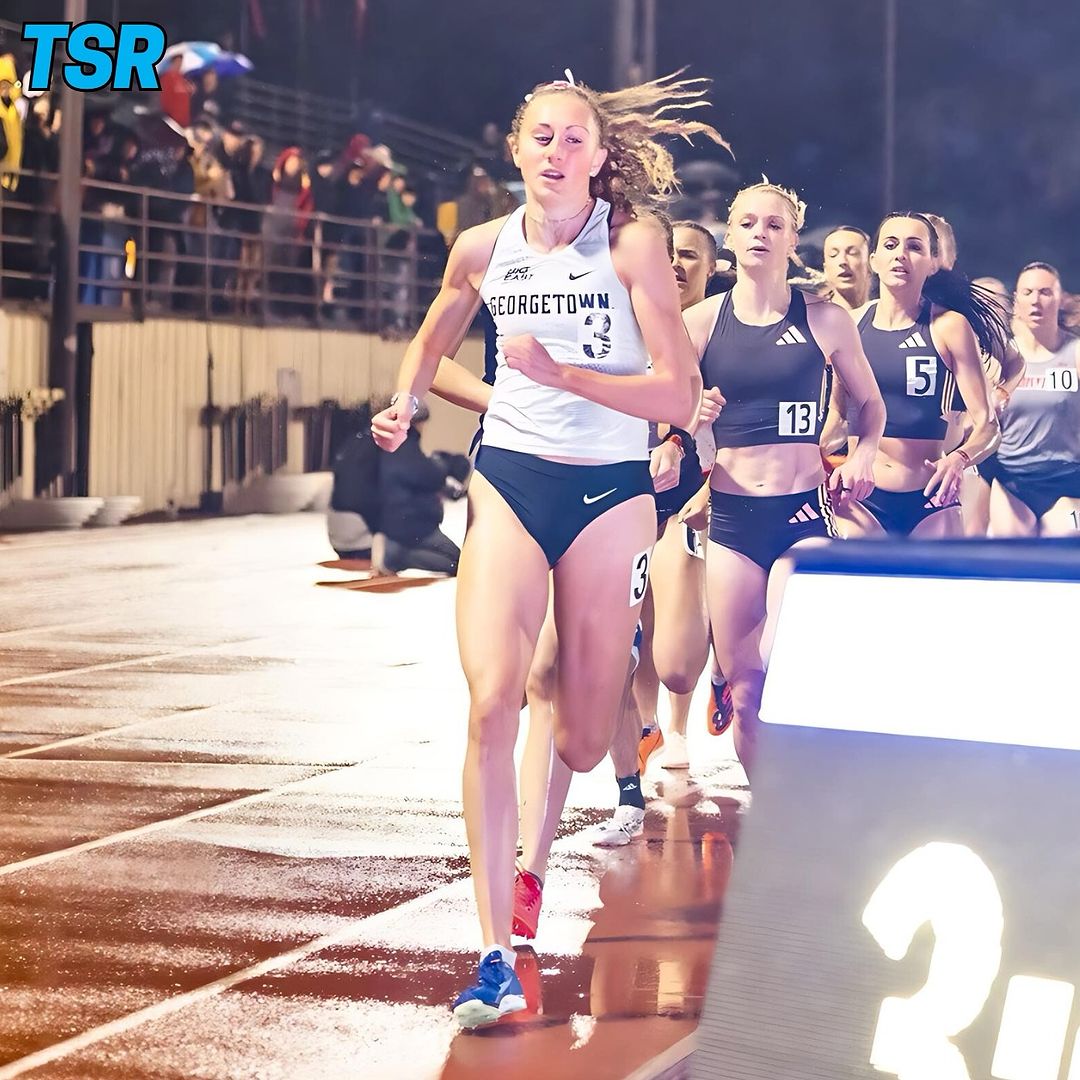

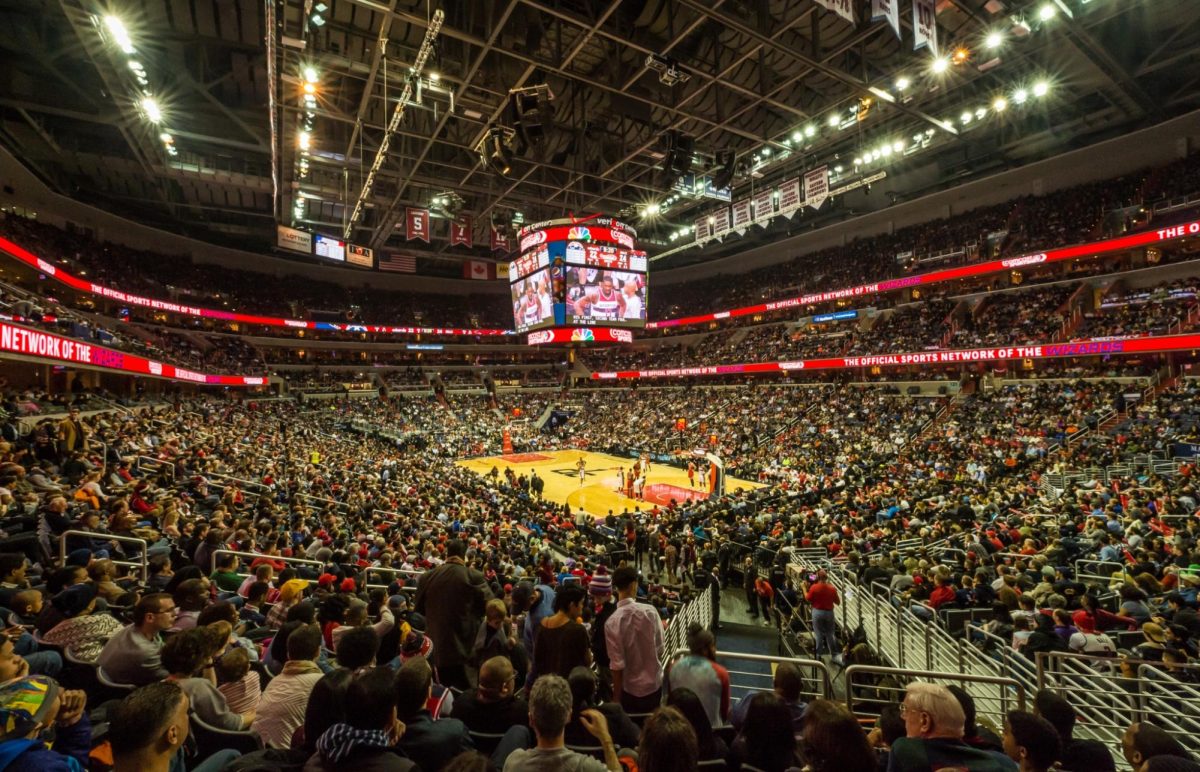
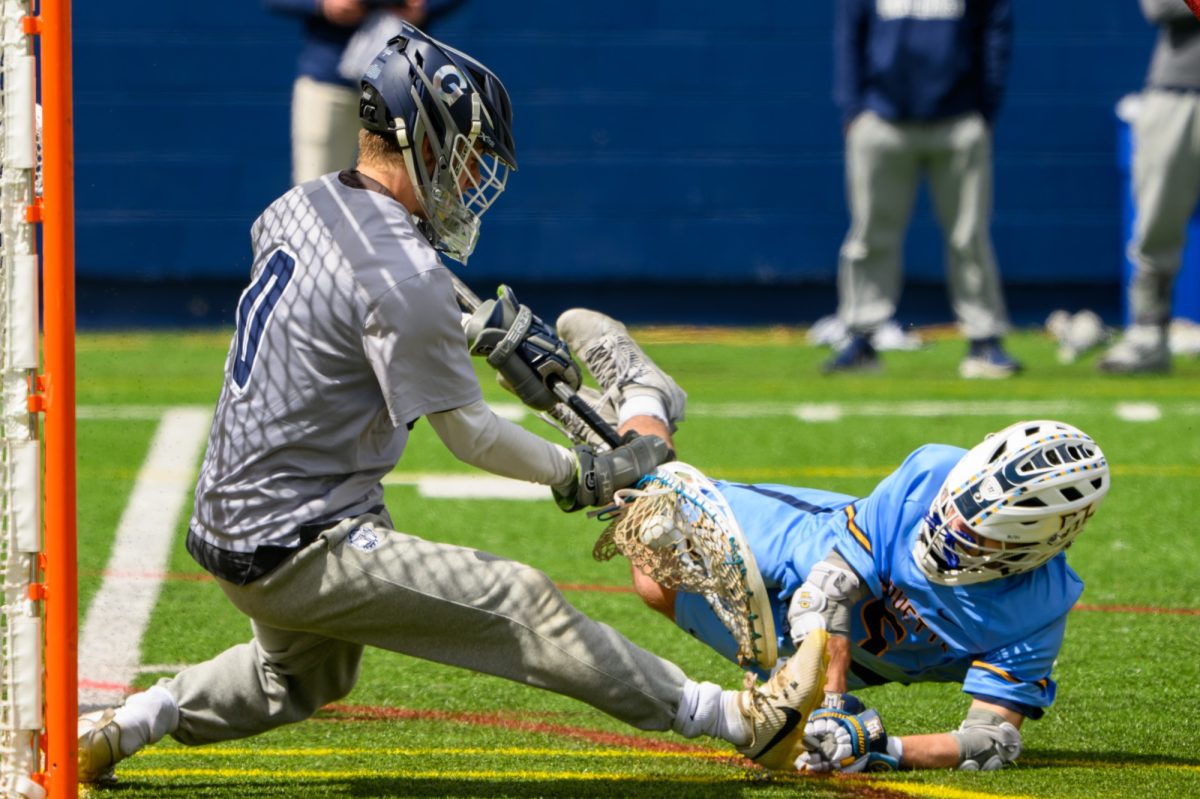
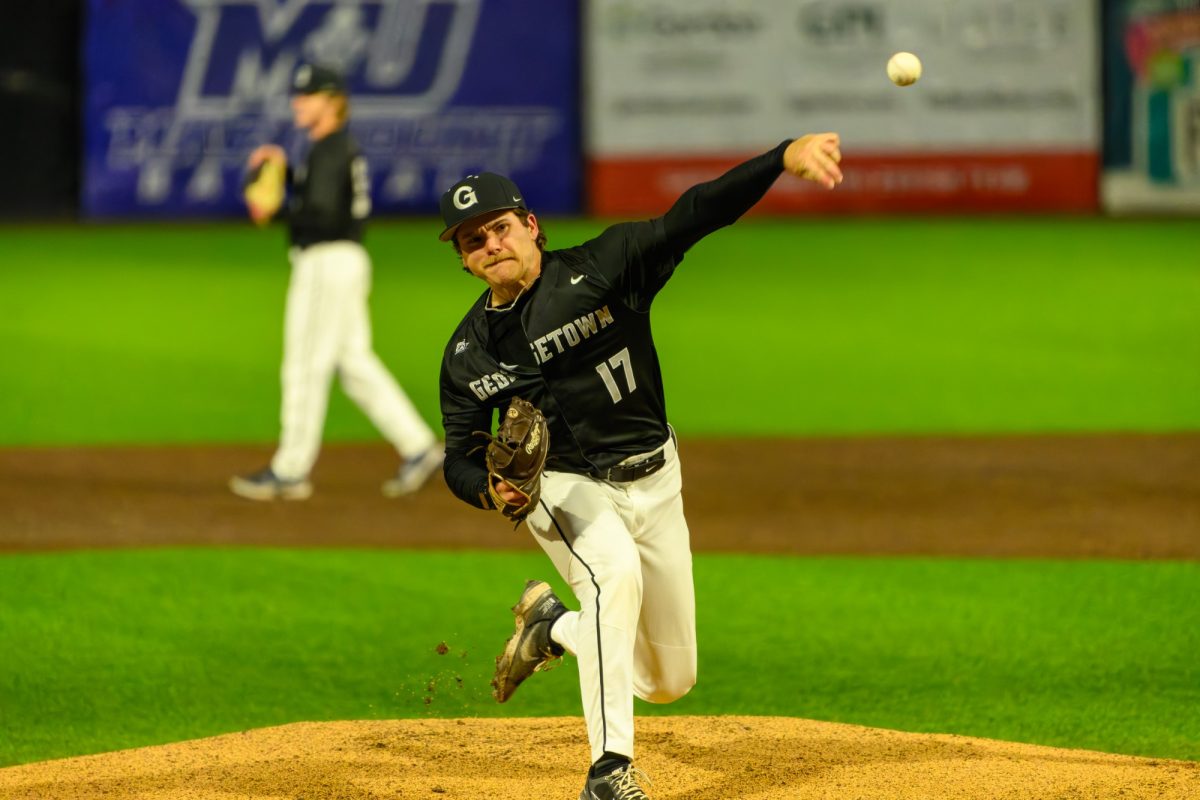
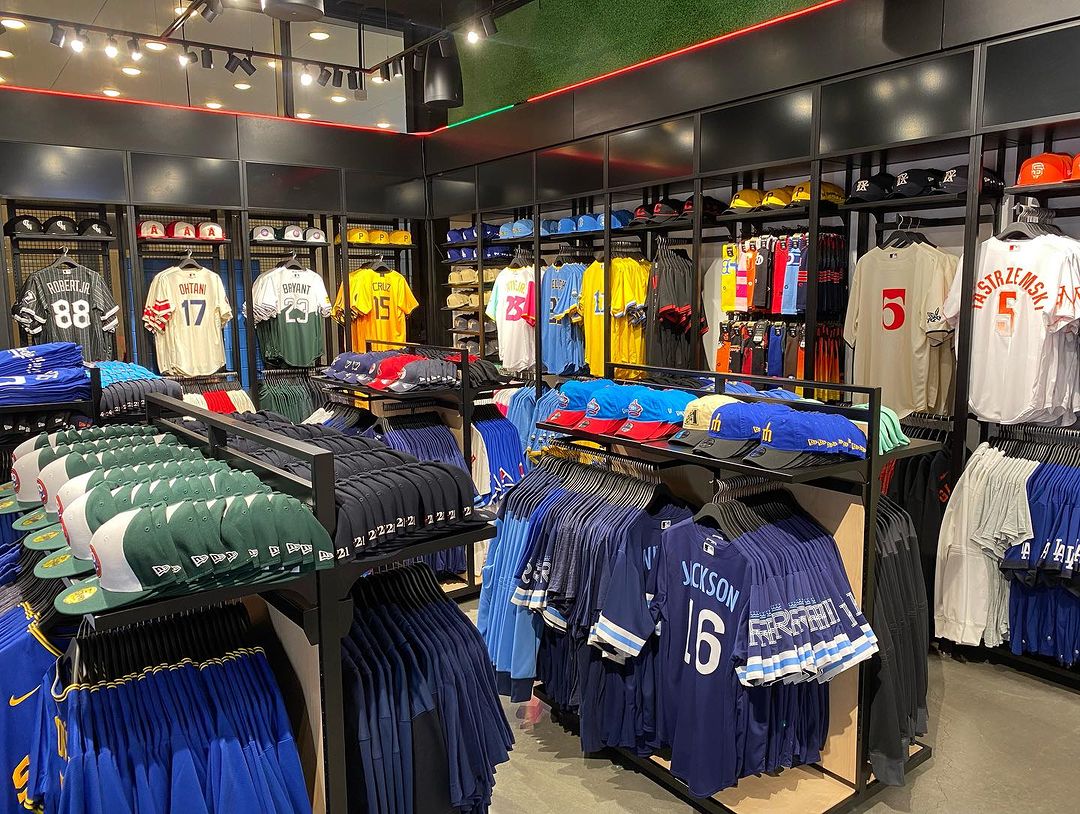
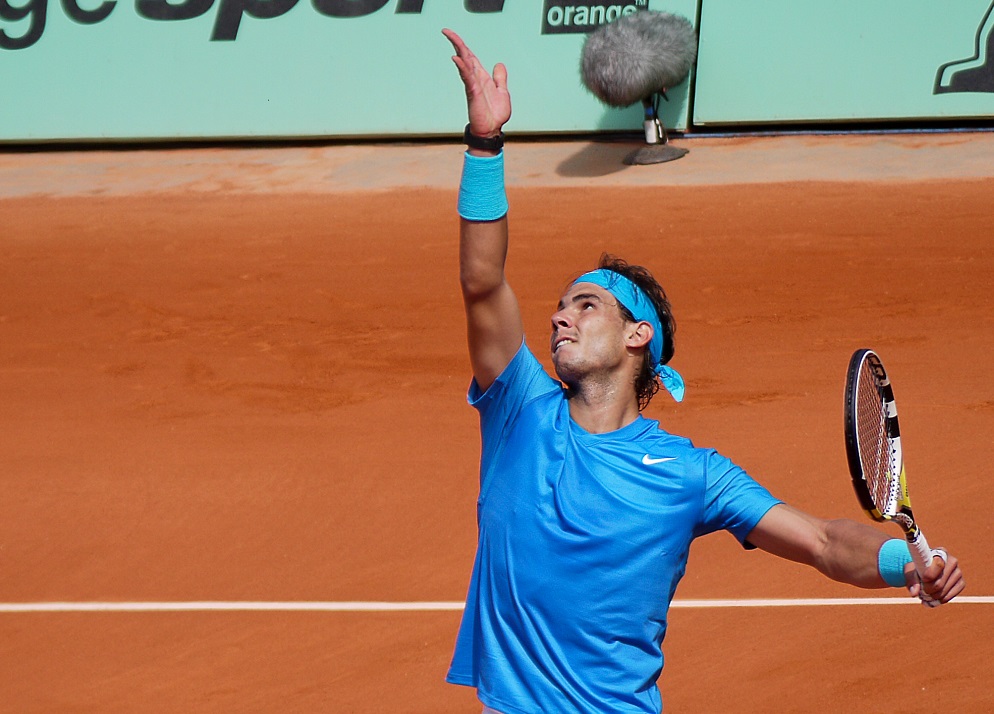
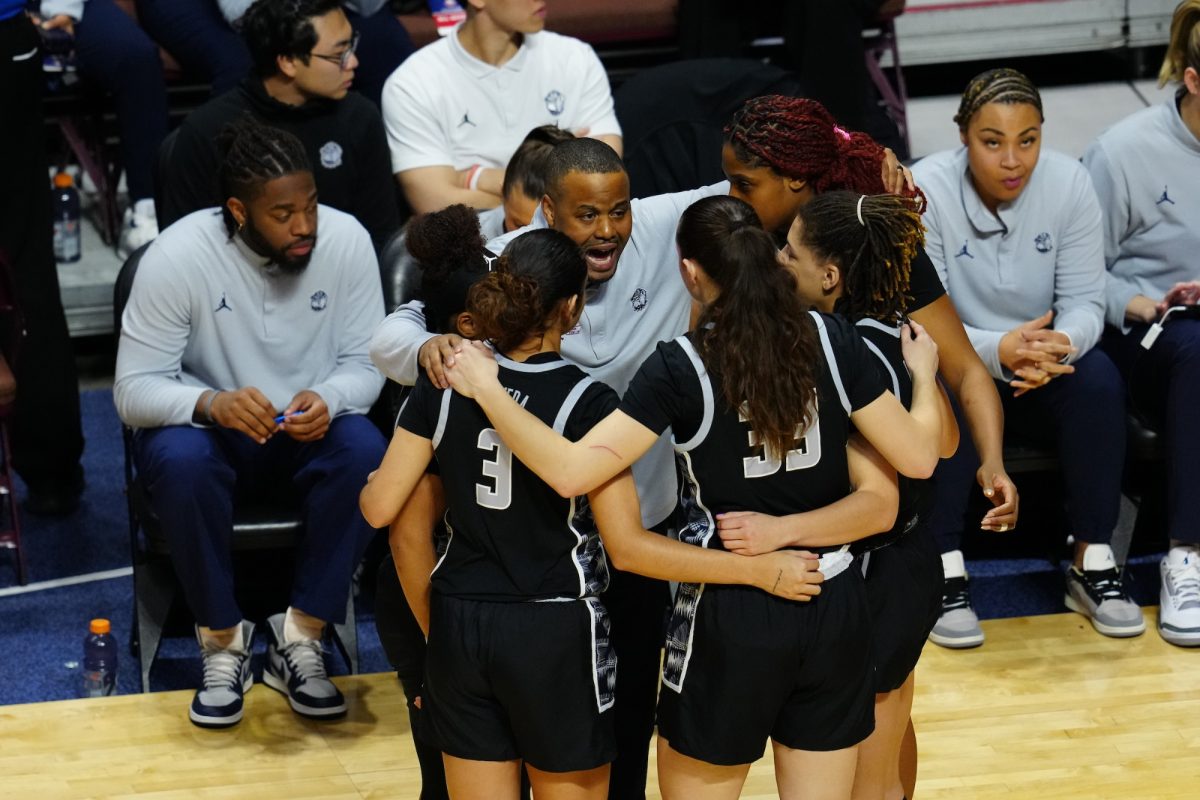

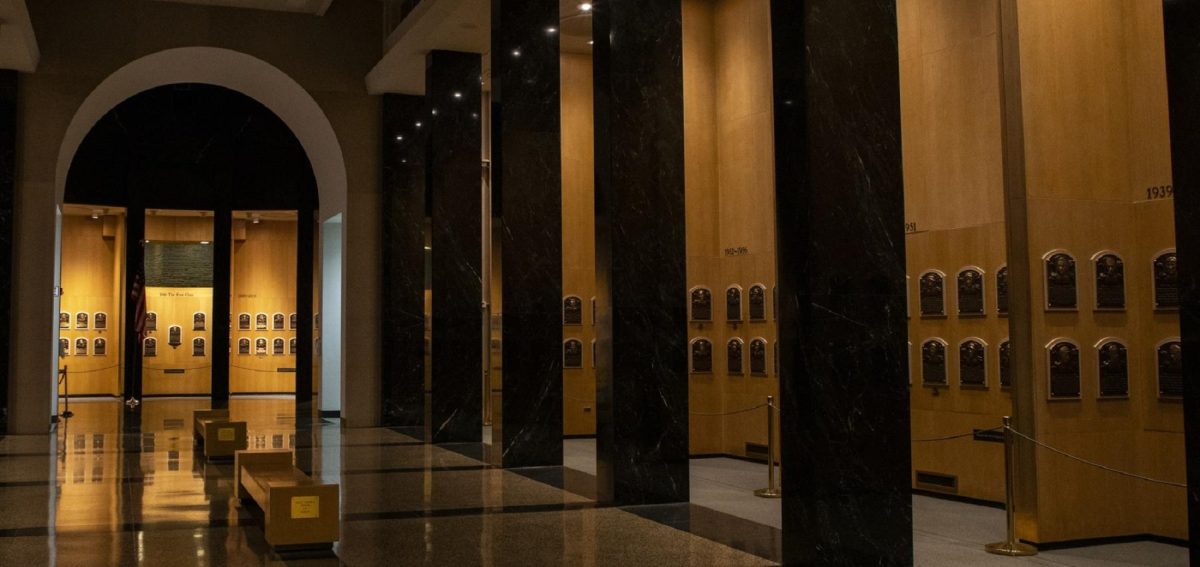
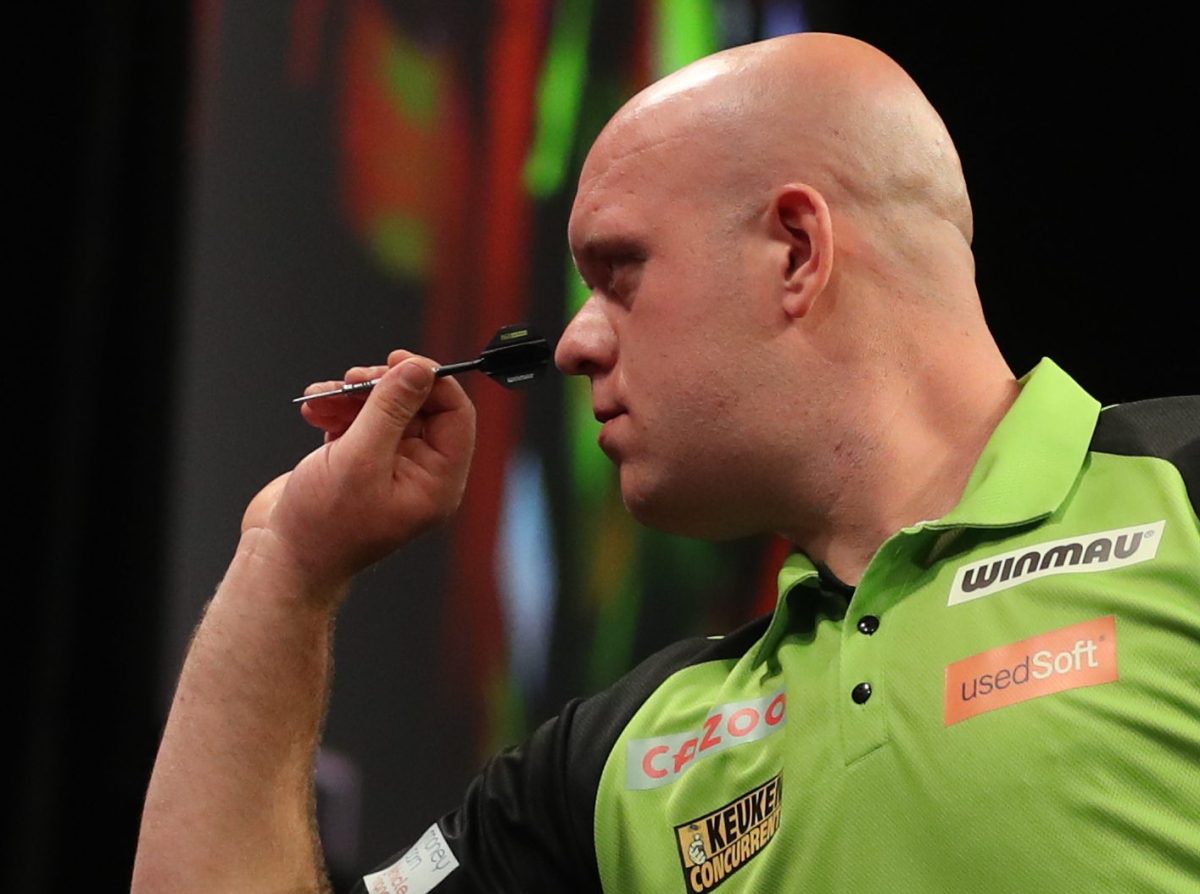
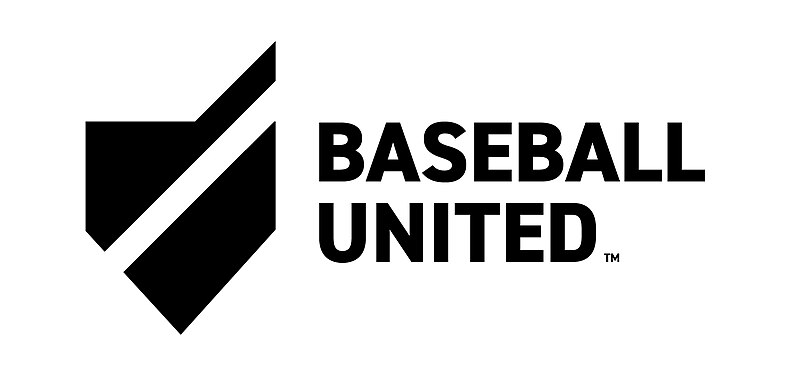
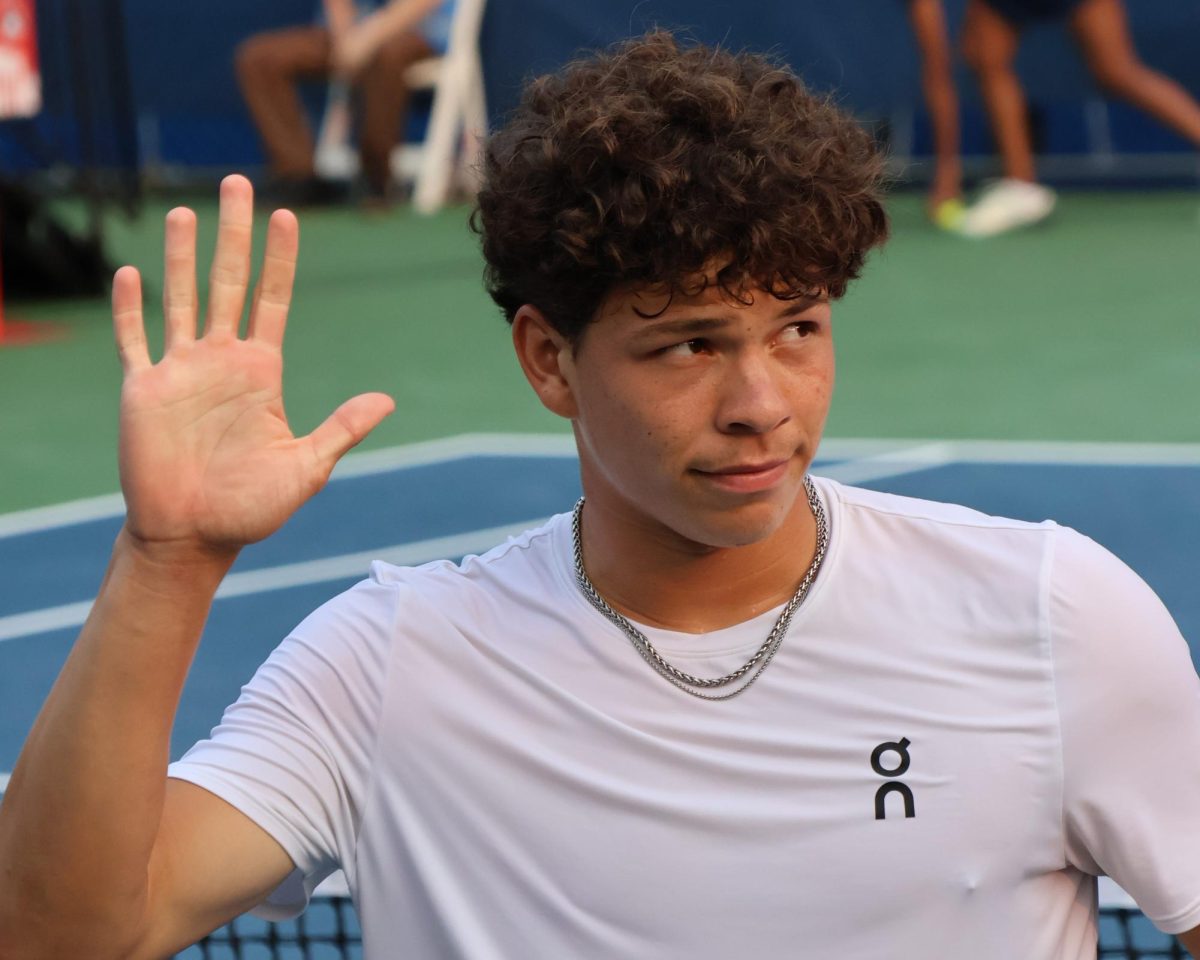
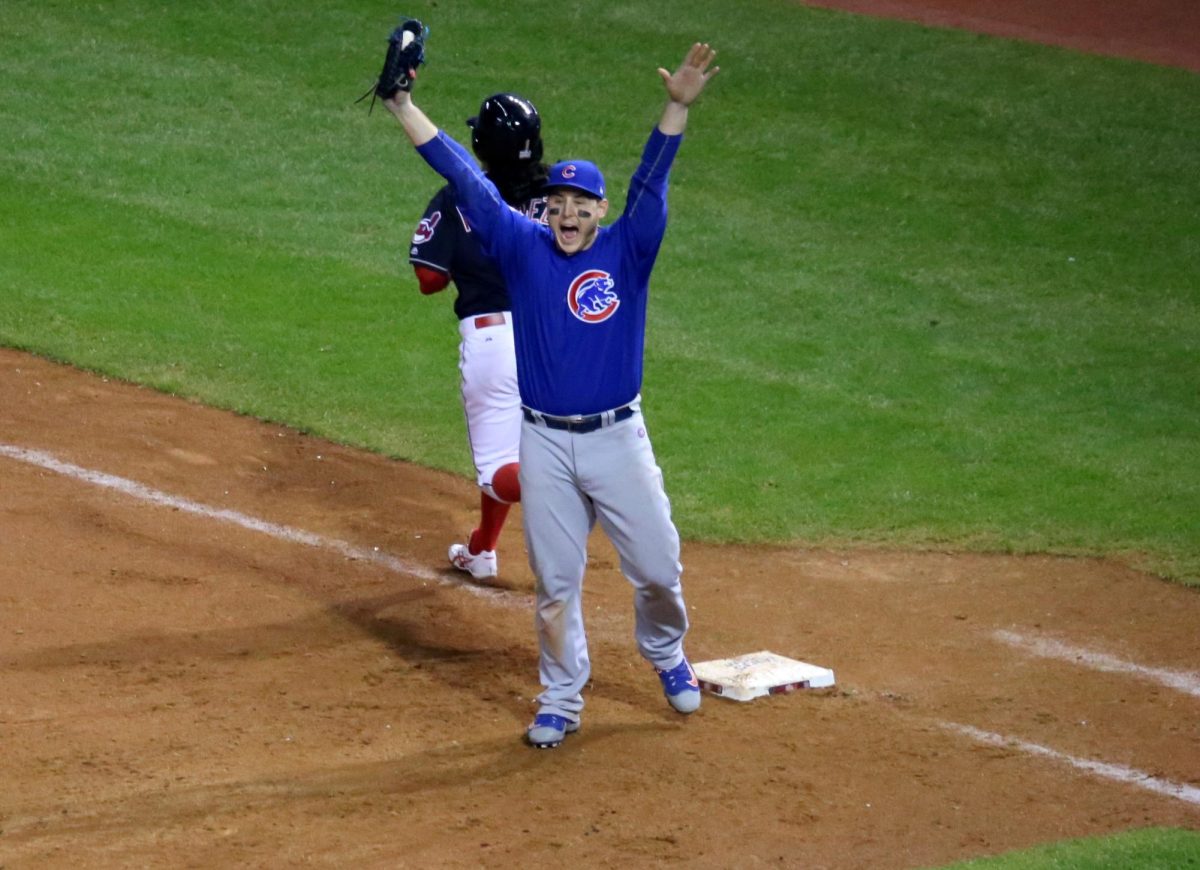

Verity • Dec 9, 2015 at 3:11 pm
someone who has a concussion does not always have awareness that they are not okay. Sometimes symptoms show up later on. Myself my speech started deteriorating 2 days after I hit my head to the point I couldn’t speak at all within a week. Eventually it recovered. This is just one symptom that was very obvious. But it wasn’t obvious to me or anyone else on day one. Some symptoms such as an inability to organise myself or struggling with group conversations/ noisy environments didn’t become apparent until weeks later when I was in that situation. So I would say that the responsibility has to fall to the doctor and coach to refuse a player permission to play. Someone with a brain injury which is what a concussion is is not in a position to judge the extent of the damage to themselves in the hours after the injury.